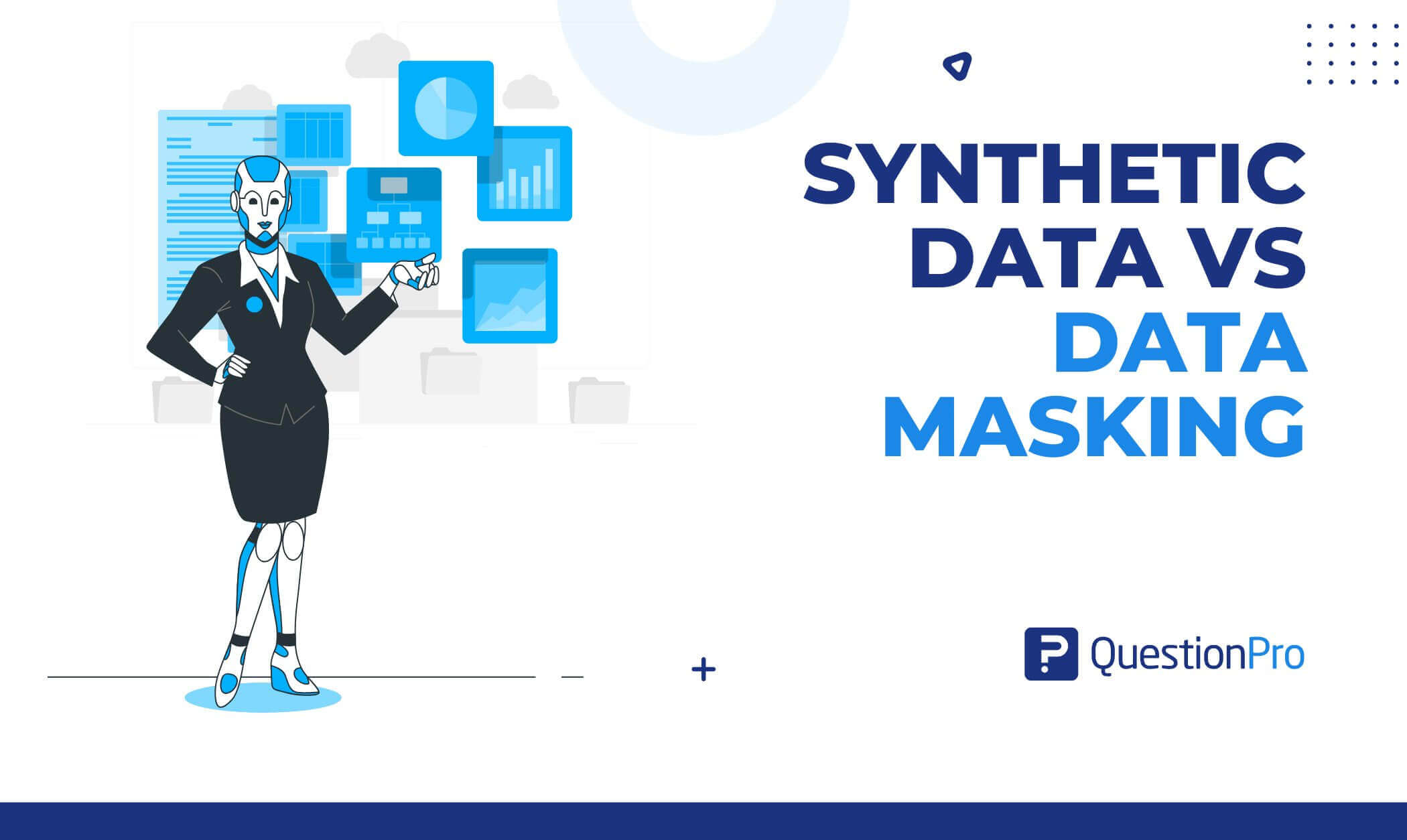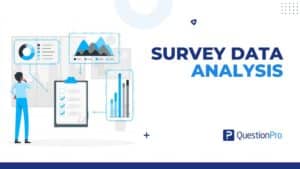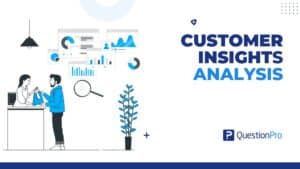
Testing is critical in software development, especially when sensitive information is involved. Whether you’re building survey platforms, analytics tools, or machine learning models, you can’t risk exposing real production data.
At the same time, using dummy data that doesn’t reflect the complexity of real-world scenarios just doesn’t cut it.
That’s where synthetic data generation and data masking come in. Both are popular ways to protect sensitive production data in non-production environments. But which one is right for your testing needs?
Let’s break down both methods, compare their strengths and weaknesses, and explore which might be better for your test environments, software testing, and machine learning projects.
What is Synthetic Data?
Synthetic data is fake data that has the same statistical properties as real data, but it is not derived from actual production data. It’s created using simulations, generative models, or rules that replicate real-world scenarios without exposing sensitive information.
Think of it as fictional data that appears to be real but keeps your data private.
When to Use Synthetic Data
- You need to create synthetic data that looks and behaves like real production data, but without any privacy concerns.
- For machine learning model training, where data utility and referential integrity are important, but using real production data poses compliance risks.
- For continuous testing in non-production environments, especially when your test coverage includes edge cases.
- In critical infrastructure organizations, even masked production data may breach data privacy regulations.
Benefits of Synthetic Data
- No risk of re-identification since the data is completely fake.
- Helps generate synthetic data for specific scenarios, such as rare security threats or fraud detection cases.
- Improves test environments by simulating a wide variety of real-world data patterns.
- Supports model training without having to mask sensitive data.
Challenges of Synthetic Data
- Creating high-quality synthetic datasets requires a deep understanding of the original data and business logic.
- Data utility can be compromised if the synthetic version doesn’t capture all data points accurately.
- May require validation to ensure it accurately reflects real-world scenarios.
What is Data Masking?
Data masking is the process of replacing real data in a real dataset with masked data that has the same structure but hides personally identifiable information (PII). It’s used when working with real production data for testing purposes, especially in software development and database design.
Masked data looks like the real thing but doesn’t expose sensitive production data or customer data.
When to Use Data Masking
- When your tests need realistic data, but exposing sensitive information is a risk.
- For performance testing and security breach simulations.
- When you need to keep referential integrity in the production database during application testing.
- When data privacy laws require anonymization of real datasets for non-production environments.
Benefits of Data Masking
- Keeps real-world data format and relationships so testing is more accurate.
- Meets compliance with data privacy regulations by masking personally identifiable information.
- Helpful in software testing when the original data is needed for debugging or functional testing.
Challenges of Data Masking
- Still based on real data, so there are privacy concerns and security risks if the masking process is weak.
- Not ideal for machine learning, where statistical properties of the original might bias results or limit model training.
- Doesn’t generate new data sets, so test coverage for unseen or rare scenarios can be limited.
Synthetic Data vs Data Masking
When organizations work with sensitive data in non-production environments, they face a common challenge: how to protect sensitive information without sacrificing the quality or realism of testing and analysis.
Two of the most popular solutions are synthetic data and data masking. While both aim to reduce security risks and ensure compliance with data privacy laws, they take very different approaches.
Here’s a side-by-side comparison to help you decide which fits your needs best:
| Criteria | Synthetic Data | Data Masking |
| Source | Fully generated, not linked to real data | Based on real data, with sensitive parts masked |
| Privacy Risk | Extremely low—no original data involved | Moderate—depends on how well it’s masked |
| Use Cases | AI/ML training, simulations, edge-case testing | Functional testing, debugging, and compliance scenarios |
| Flexibility | Very flexible—can generate rare and custom scenarios | Less flexible—limited to original data patterns |
| Setup Complexity | Can be complex—requires modeling or generation tools | Moderate—requires masking rules, but based on existing data |
| Realism | High variability but may lack nuance | Very realistic since it’s based on real data |
| Referential Integrity | Can be simulated | Naturally preserved |
| Compliance Friendly? | Yes, great for strict data privacy regulations | Yes, if masking is done properly |
Synthetic Data vs Data Masking: Which One to Use?
So, which approach should you use? It depends on the nature of your testing, the kind of data required, and your data privacy needs:
- If you’re focused on protecting sensitive data while training models or exploring real-world scenarios without the risks of re-identification, then creating synthetic data is a better path. It offers flexibility and scalability, and supports machine learning without relying on real production data.
- On the other hand, if your testing depends on the database structure, business logic, or referential integrity of actual systems, and you need realistic data for functional testing, masked data will keep your tests grounded while reducing privacy concerns.
In practice, many organizations use both. For example:
- Synthetic datasets are often preferred in model development and data analysis workflows.
- Masked production data works well for software development, especially when systems interact with critical infrastructure or customer data.
The ideal solution? One that balances data utility, privacy, and the specific requirements of your production environments and testing purposes.
Conclusion
Choosing between synthetic data vs data masking isn’t just about preference. It’s about context. If you’re working with sensitive production data, both options give you a way to protect it while you test, train, and develop.
If you’re building or refining survey systems like QuestionPro, knowing when to use synthetic data versus when to mask real data is crucial. It increases test coverage, reduces compliance risk, and keeps sensitive customer info protected throughout the process.
Frequently Asked Questions(FAQs)
Answer: Synthetic data is created from scratch to look and behave like the real thing—no actual data involved. Masked data starts with real data but hides the sensitive stuff, so it’s safer to use.
Answer: Synthetic data is one kind of test data. But test data can also be masked, anonymized, or even real in secure environments.
Answer: Definitely. Many teams mix both, using synthetic data for training models and real data for testing apps.
Answer: Yes, it’s one of the safest options. Since it doesn’t come from real people, synthetic data helps you stay on the right side of strict privacy rules, especially in industries like healthcare or finance.
Answer: Synthetic data takes the lead. It’s privacy-safe, flexible, and you can shape it to include rare scenarios that real data might not cover.







